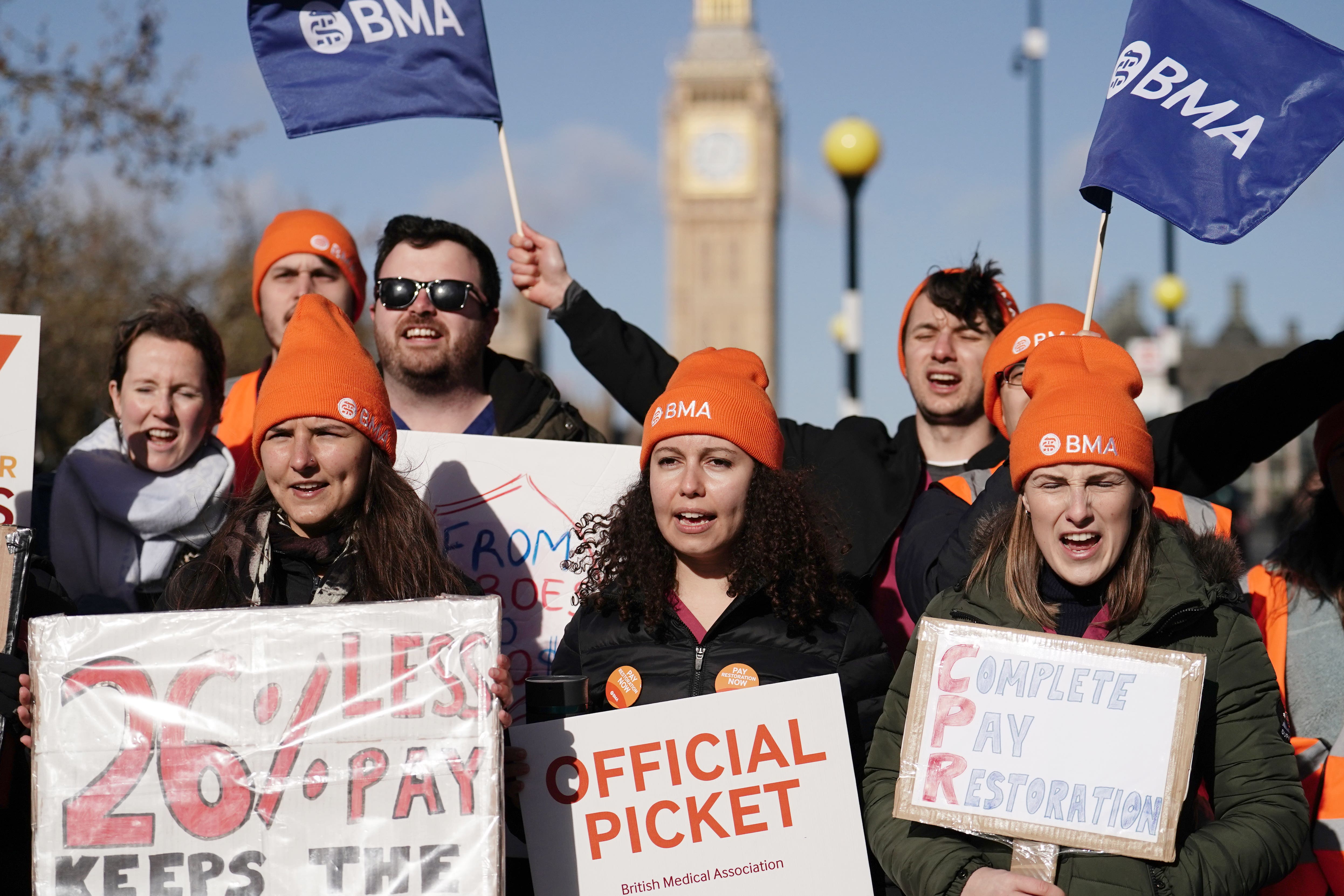Fact check: Waiting lists, NHS strikes and immigration returns
Round up of fact checks from the last week compiled by Full Fact.

This roundup of claims has been compiled by Full Fact, the UK’s largest fact checking charity working to find, expose and counter the harms of bad information.
NHS publishes incorrect waiting list data
NHS England has corrected a press release, statistical notice and dataset after Full Fact spotted an error in its latest waiting list data.
NHS England’s press release originally said the number of patients waiting for non-emergency care in its referral to treatment (RTT) data fell by about 57,000 in August 2024, to 6.33 million. In fact this number rose by about 31,000, to 6.42 million.
NHS England issued its correction within an hour of us bringing the error to its attention, but declined to comment on what caused the problem. However the error occurred, we’re grateful to them for acting quickly to correct it.
NHS England’s data shows that there are about 7.64 million cases waiting for treatment (as some patients will be waiting for more than one thing).
The cost of NHS strikes
Following the conclusion of the junior doctors’ pay dispute last month, the Department for Health and Social Care claimed strikes across the NHS had cost the taxpayer £1.7 billion since April 2023. But that’s not quite right, as the figure this was based on only covers strikes in England in the 2023/24 financial year. That means it doesn’t include junior doctors’ strikes in June and July 2024.
If we calculated the total cost since April 2023 on the same basis, it would therefore be slightly higher than £1.7 billion. It’s also worth noting that recent strikes began in late 2022 and the cost of this earlier action is also not covered in the estimate.
Assessing the full impact of the NHS strikes is complicated, however.
The £1.7 billion figure mostly considered the cost of extra staff to “mitigate the impact” of strike action. But there are some extra factors not considered in this calculation, such as the cost of annual leave that was cancelled or treatments that needed to be rescheduled.
NHS Providers estimated that all the costs together came to around £2 billion, just in the year to December 2023. And the NHS Confederation has cited an estimate of £3 billion for the 18 months to June 2024.
It’s also important to remember that any extra cost that involves paying more money to staff will also mean those staff have to pay more money back to the government in tax. This is hard to calculate, and it is not usually included in government calculations.
Broader ways of assessing the strikes’ full impact might also include looking at the different costs and benefits of measures to prevent strike action from happening.
Immigration returns data
Two weeks ago the Prime Minister claimed in his speech at the Labour party conference that there had been a “23% increase” in returns of people without a right to be in the UK compared to the previous summer.
As we wrote at the time, that claim was based on unpublished data, which means we were unable to verify it.
Guidance from the Office for Statistics Regulation states: “Where unpublished data are referred to unexpectedly, the information should be published as soon as possible after any statement has been made – ideally on the same day.”
The data to support Mr Starmer’s claim wasn’t published immediately after he made it. But following a number of requests from Full Fact the Home Office has now released the figures, in a “transparency data” note issued on Wednesday.
This data shows that Mr Starmer was referring specifically to enforced returns between 5 July and 31 August, which were 23% higher than over the same period in 2023.
Bookmark popover
Removed from bookmarks